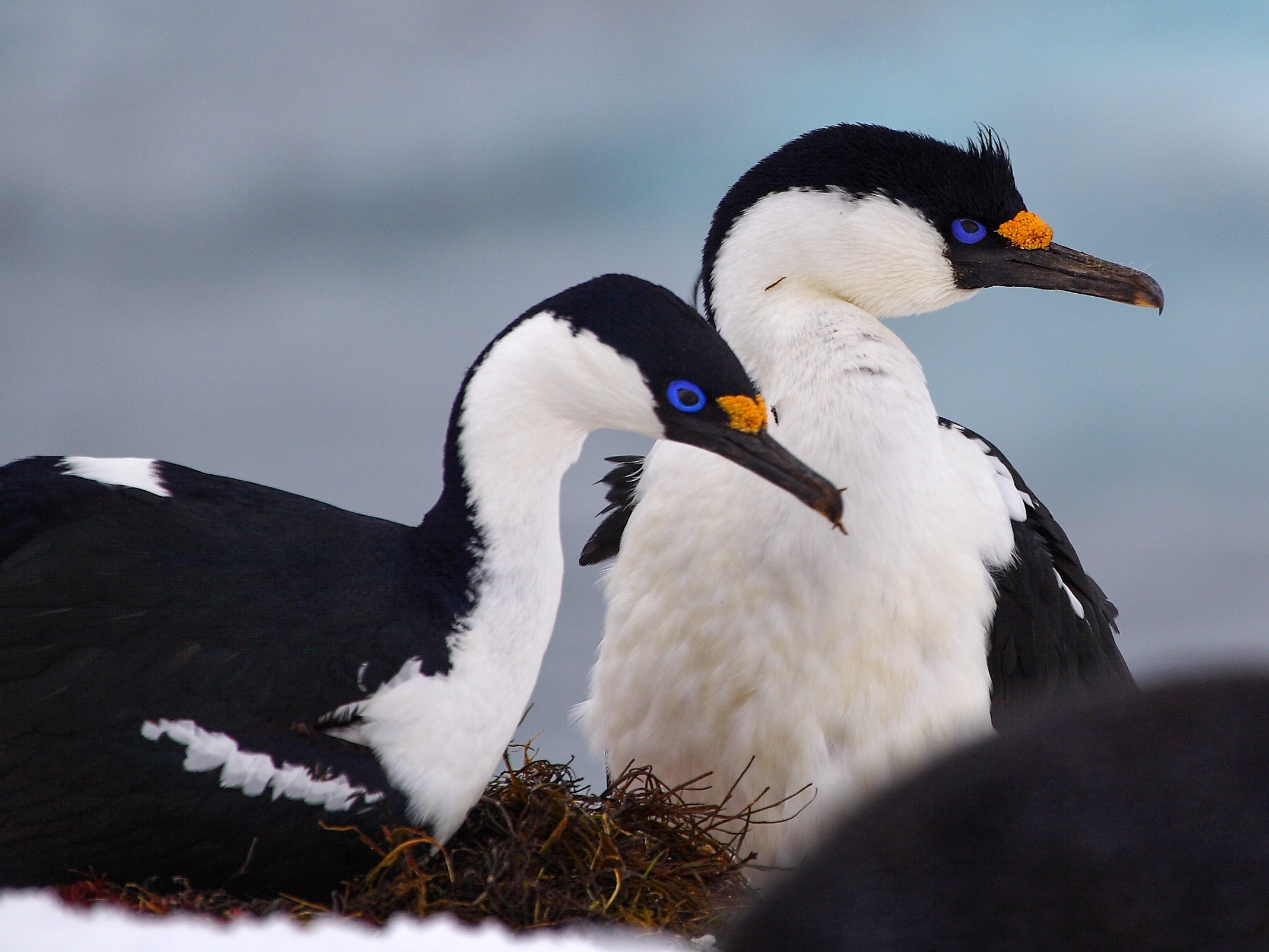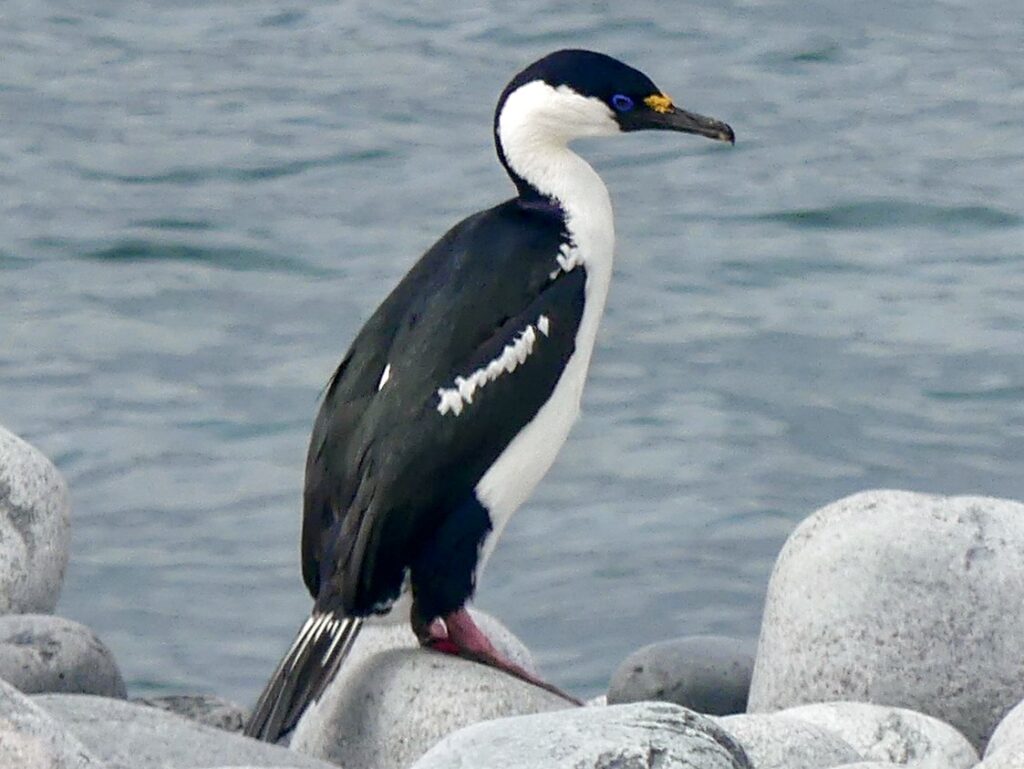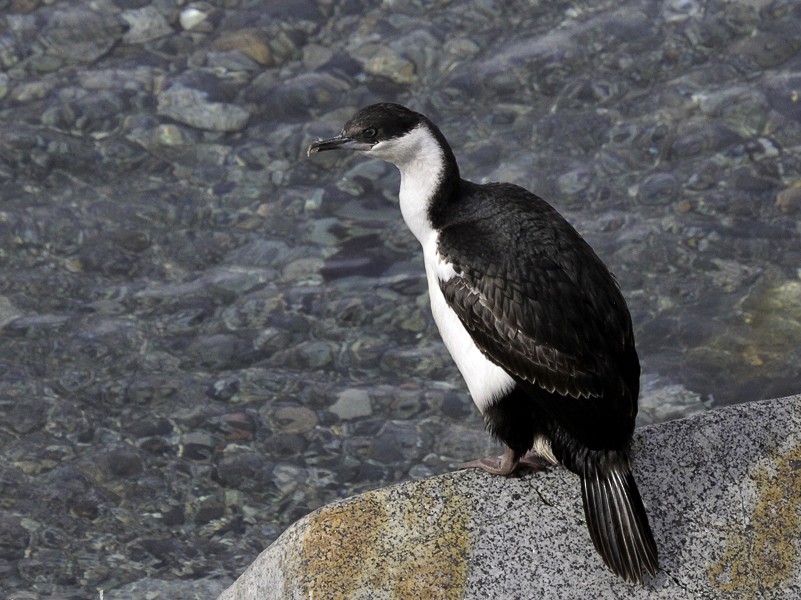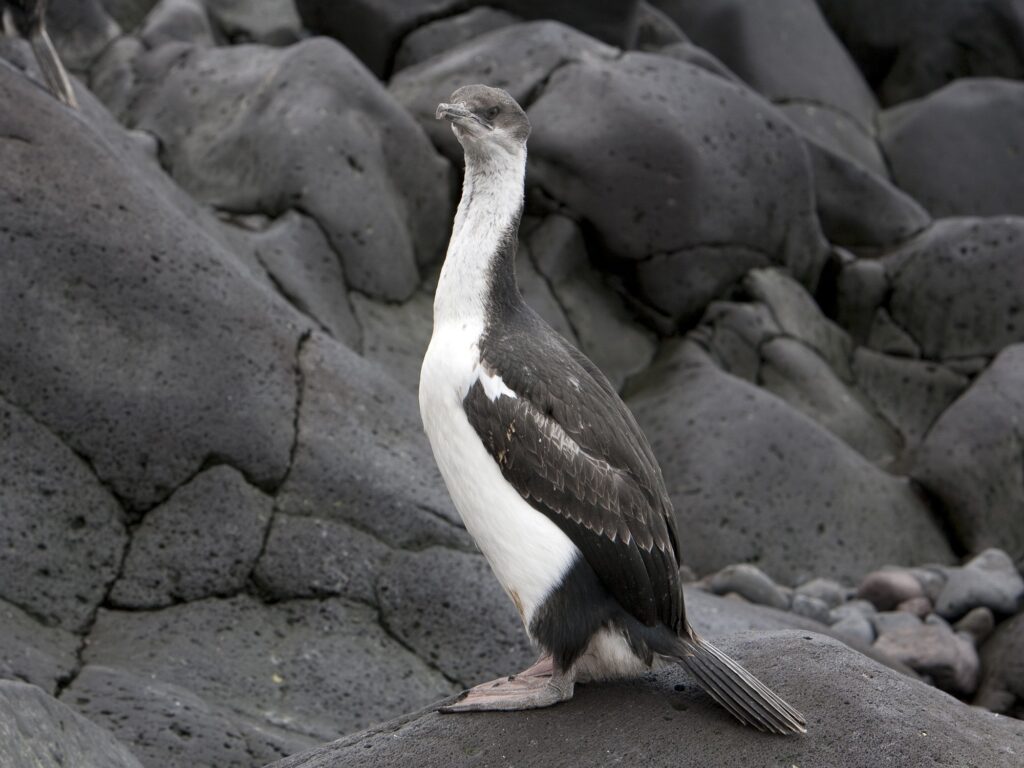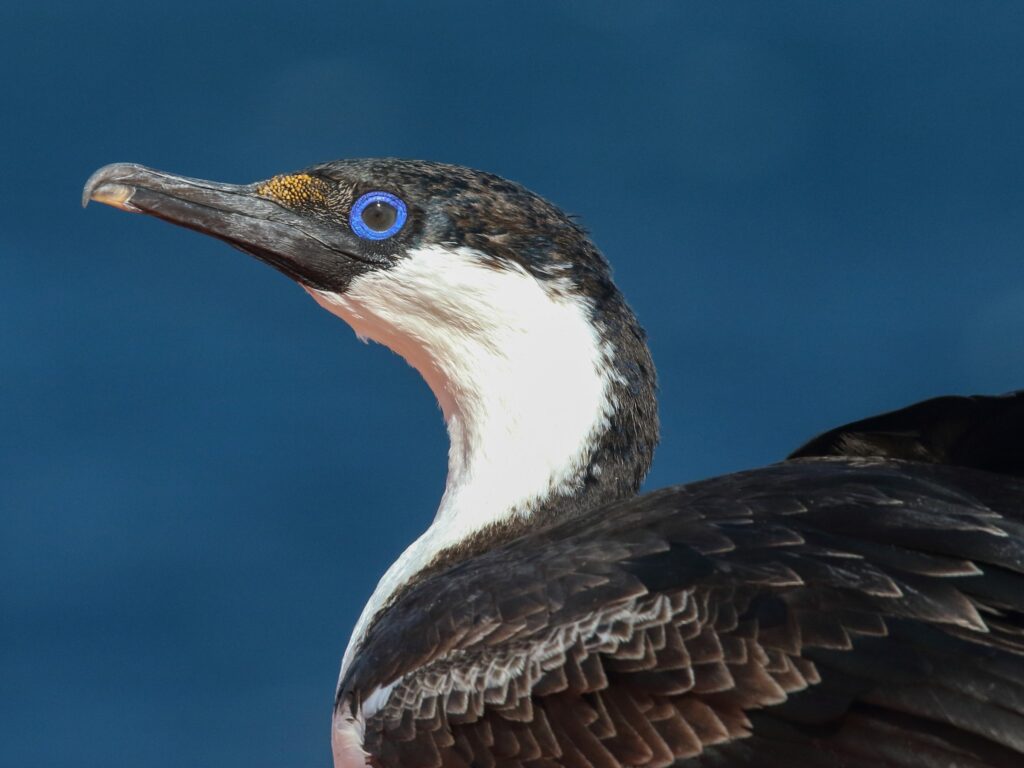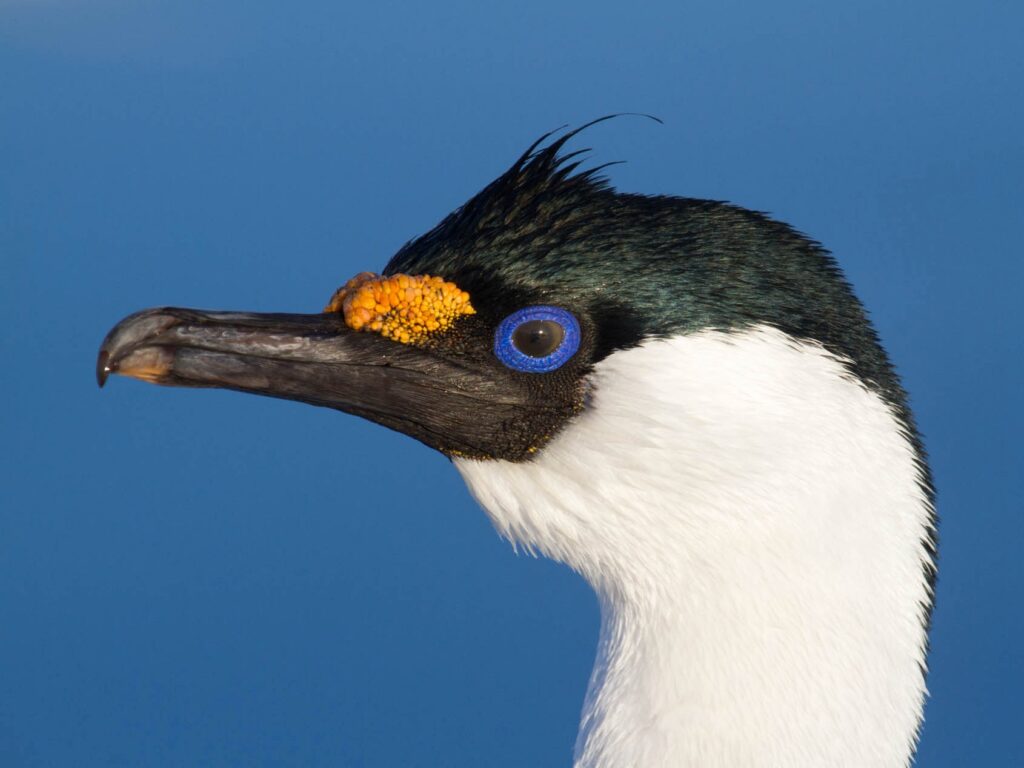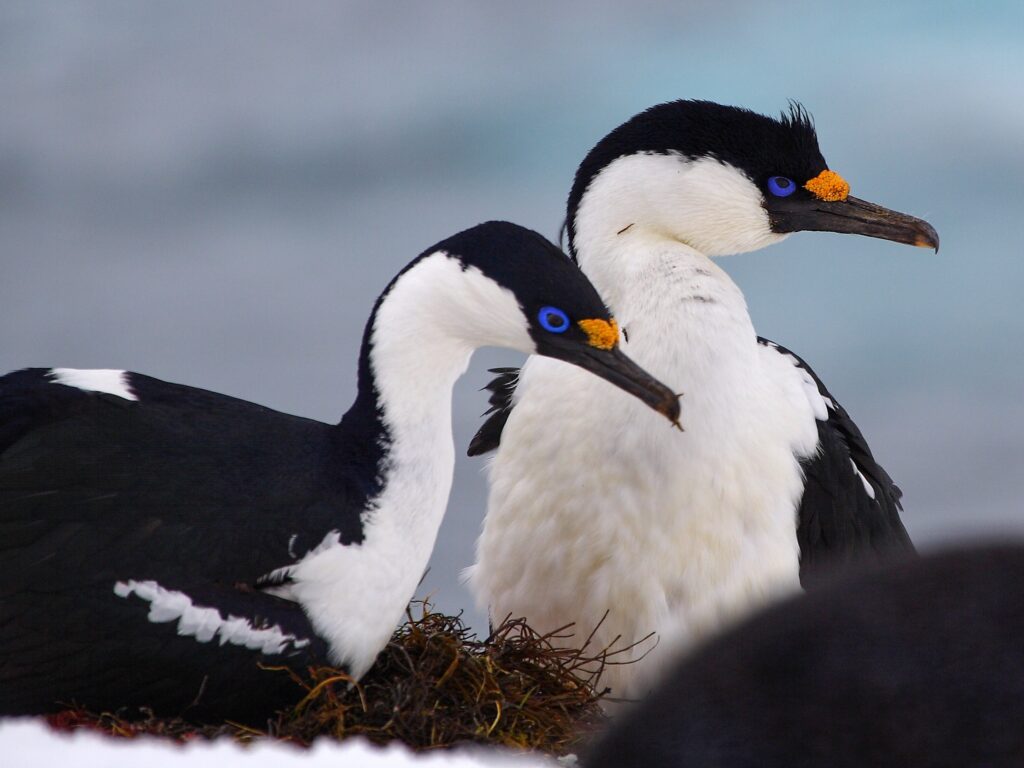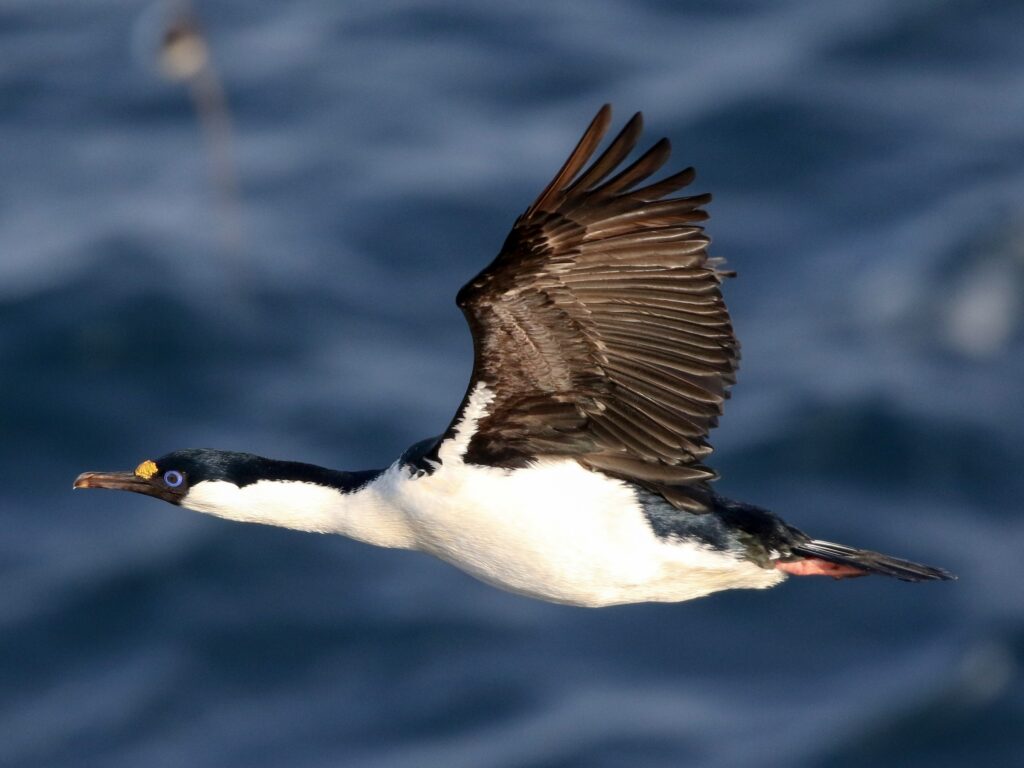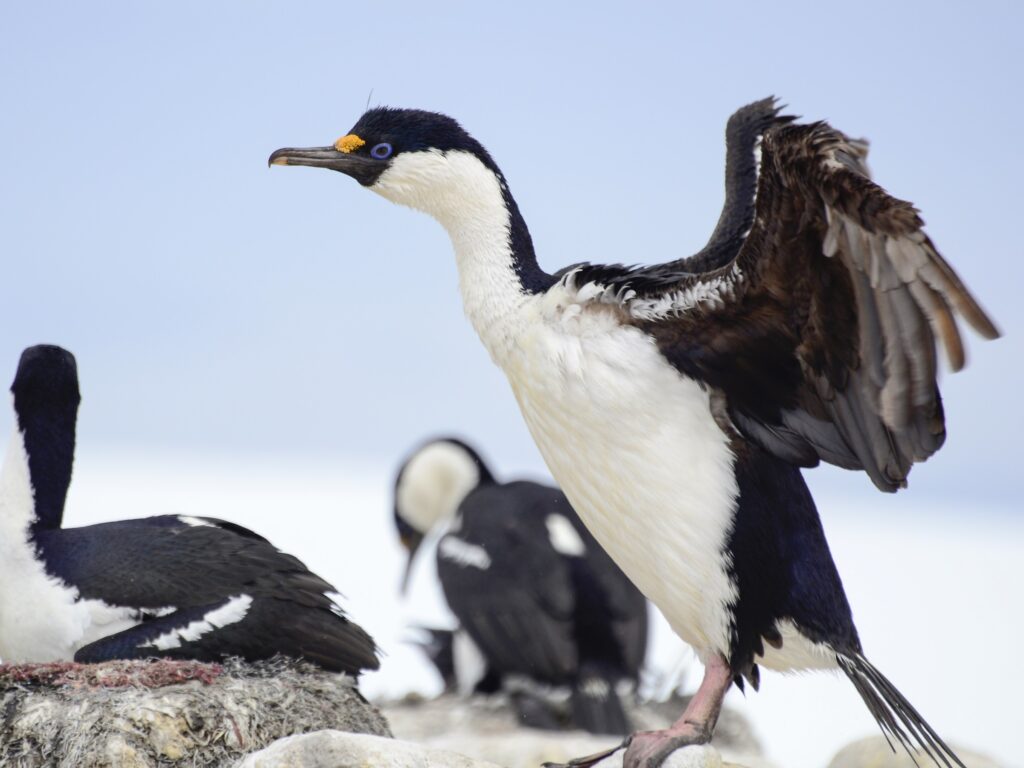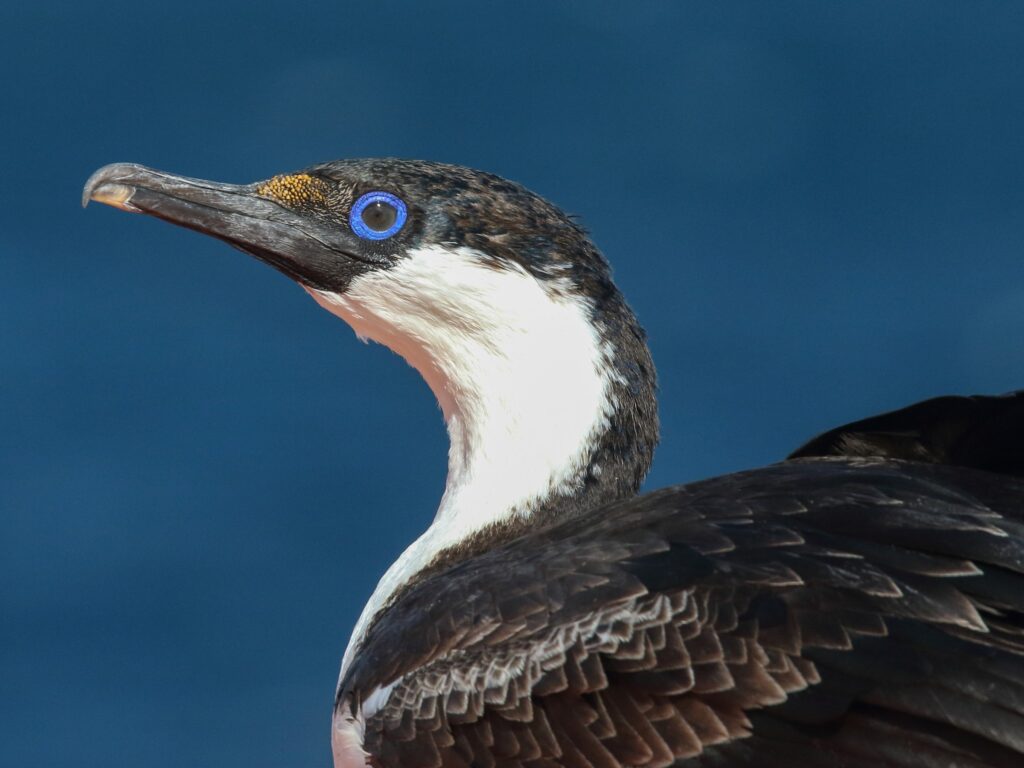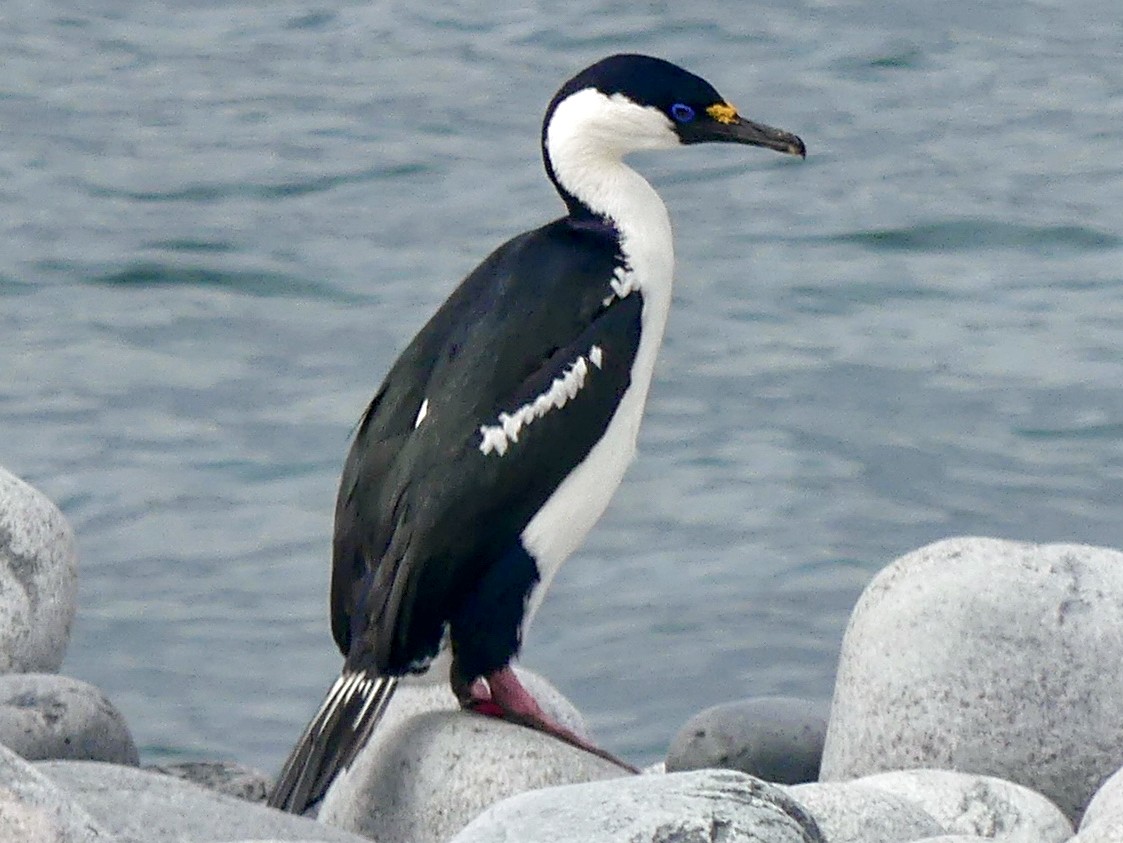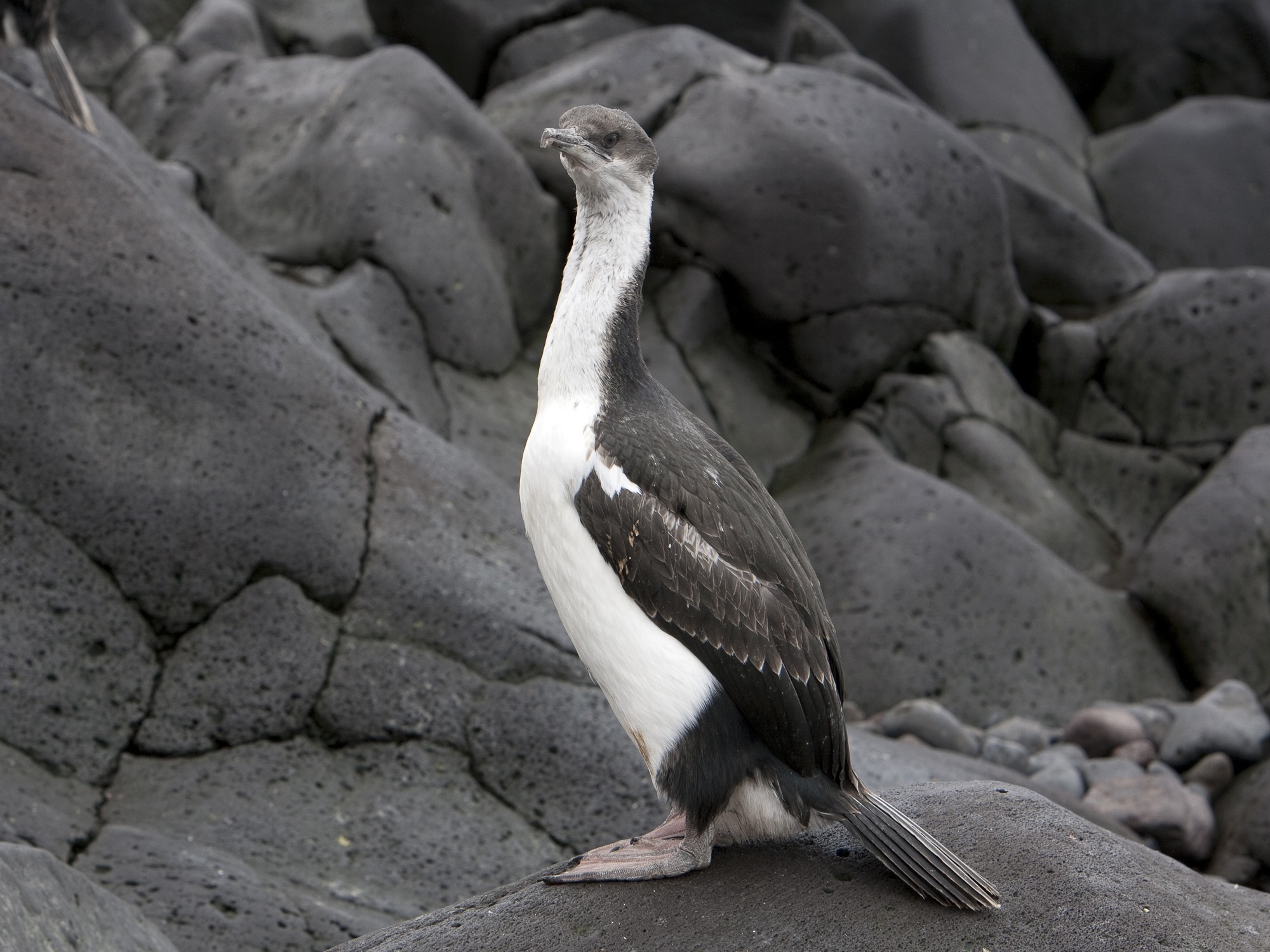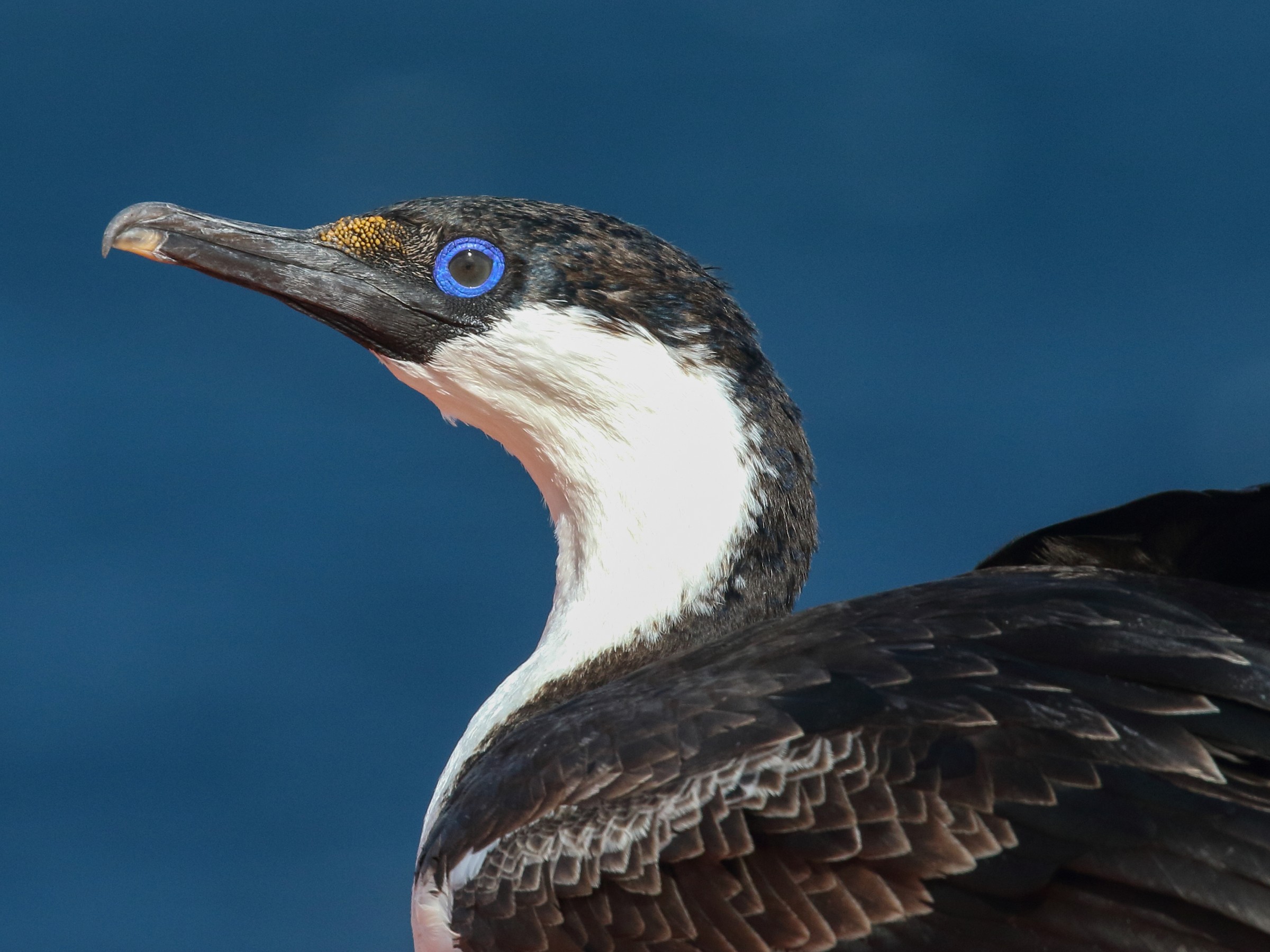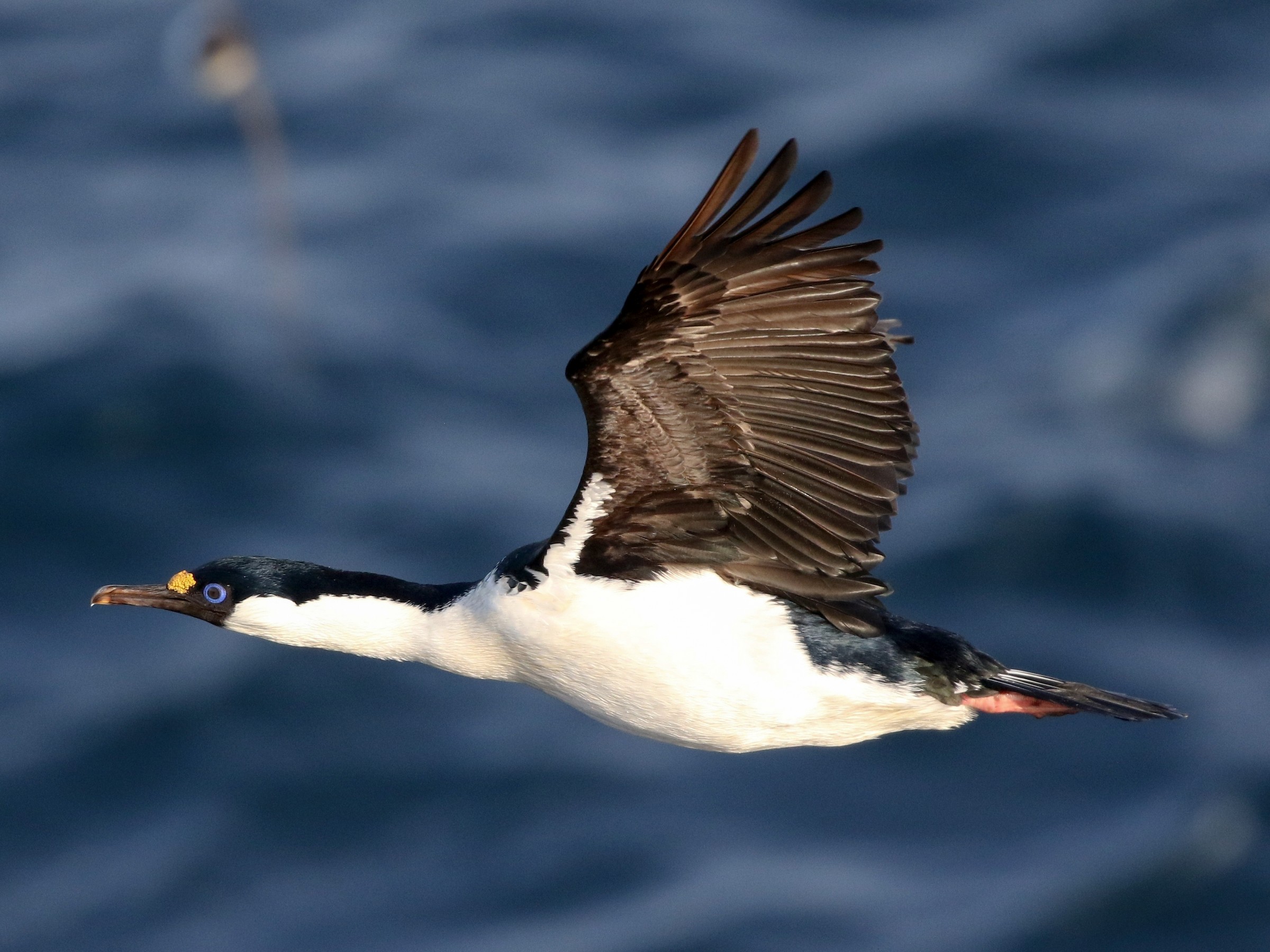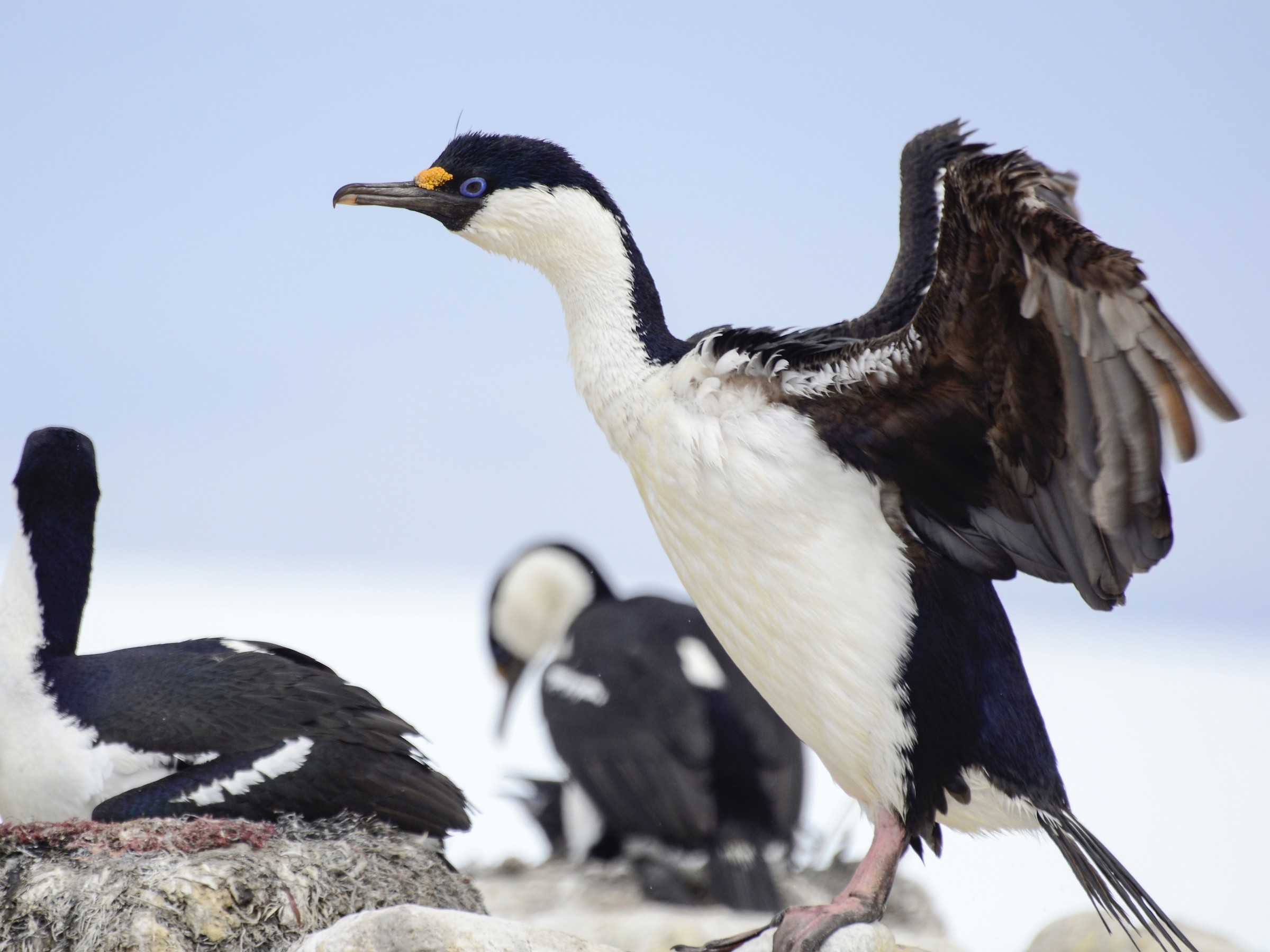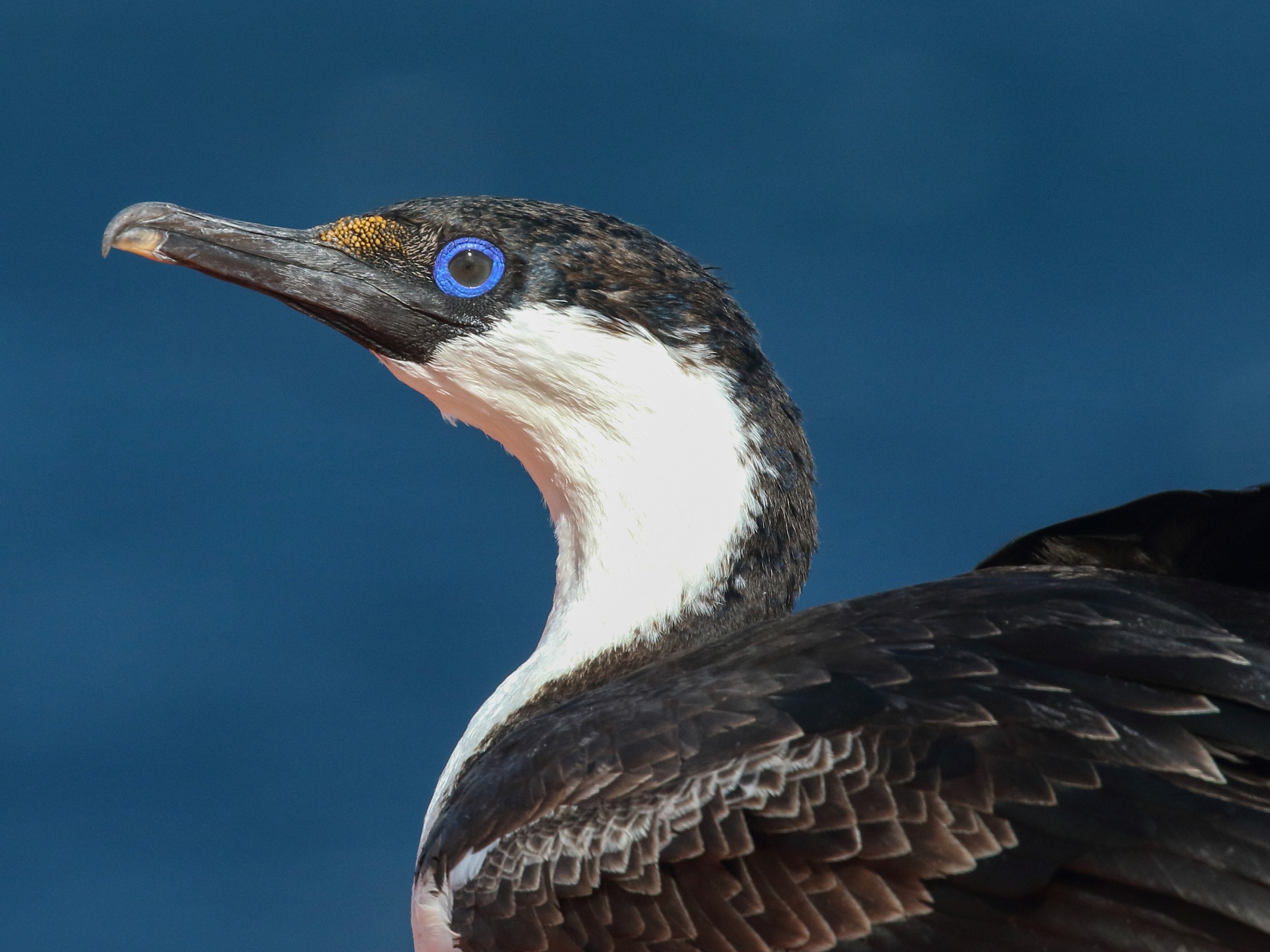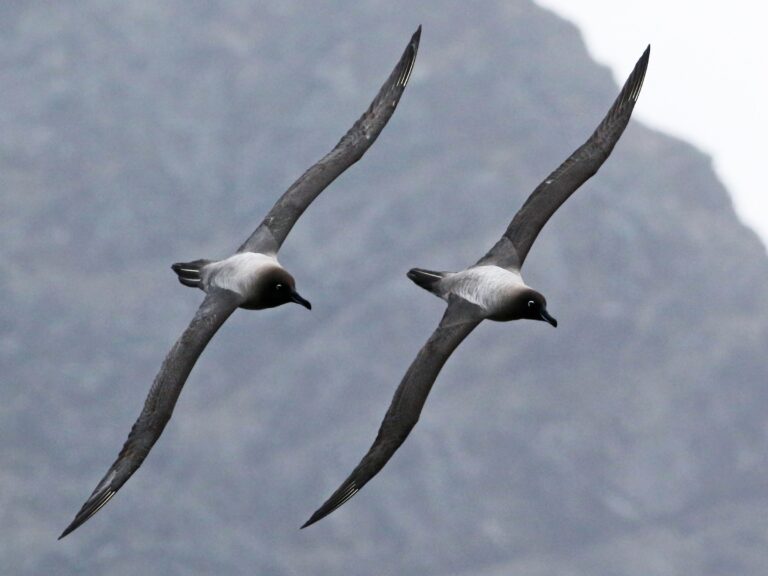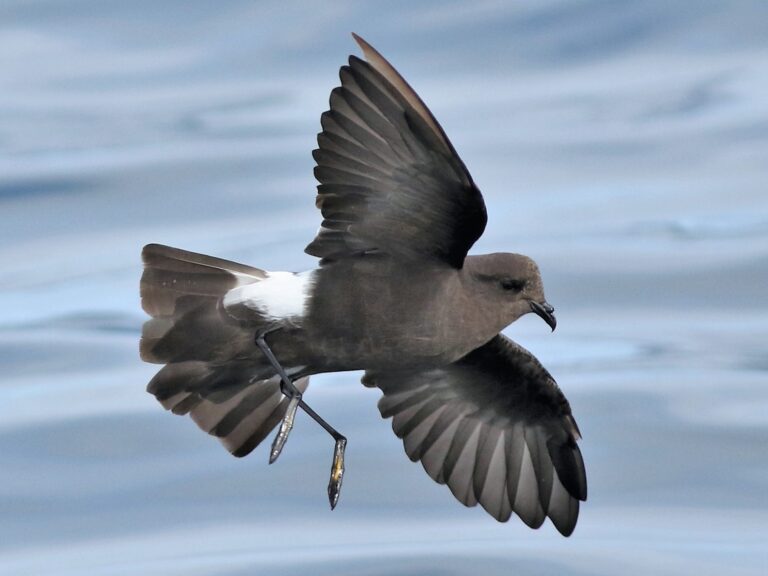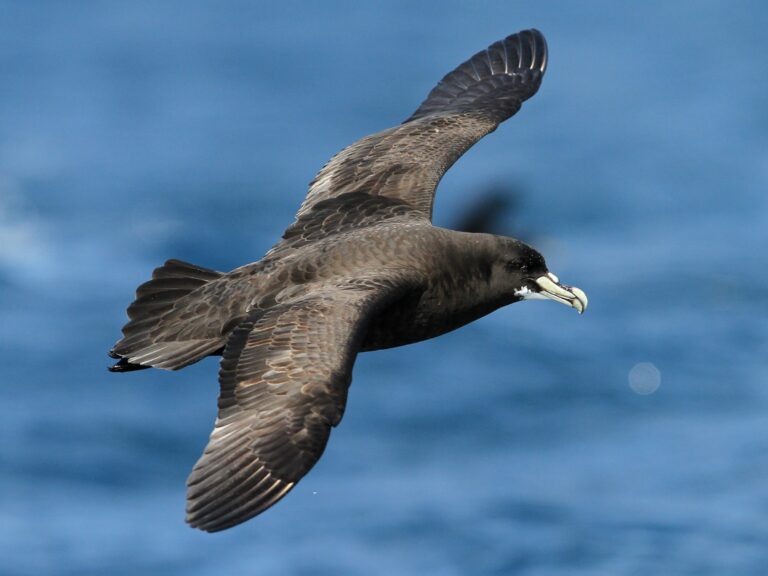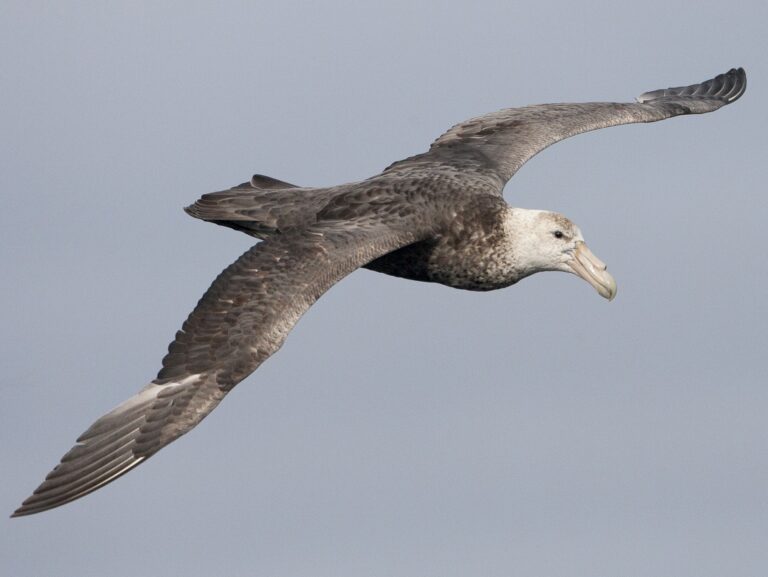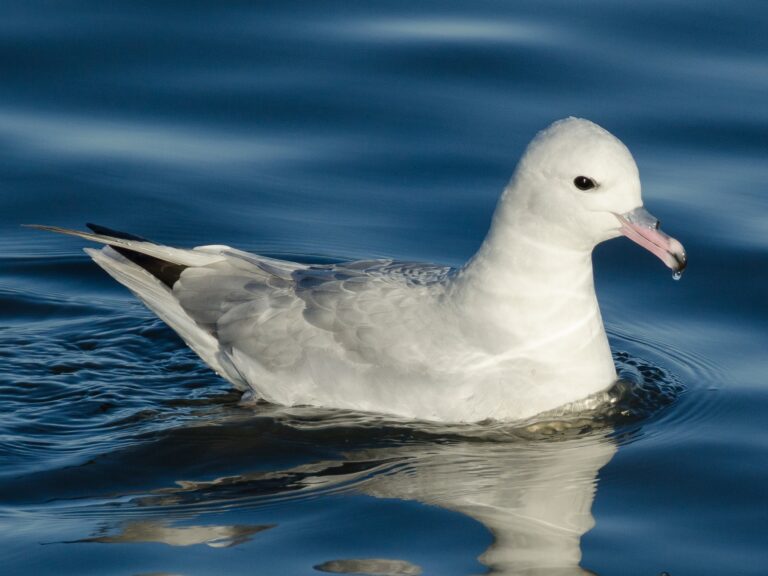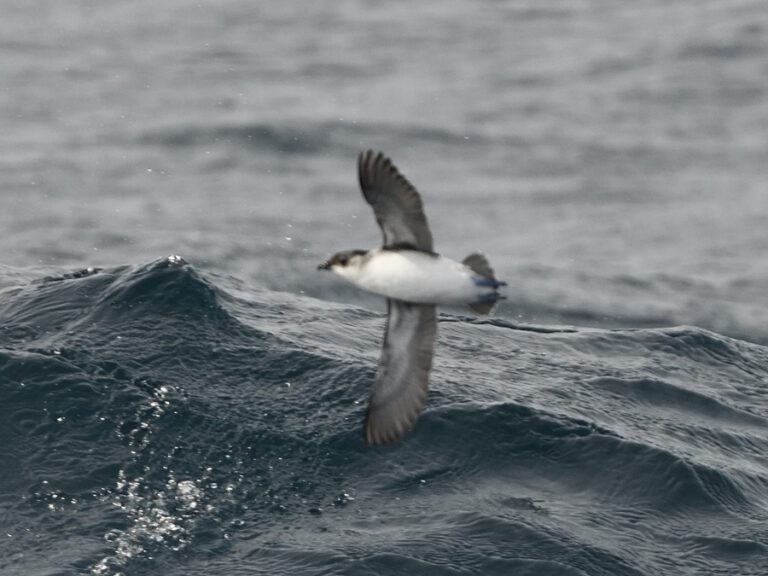Antarctic Shag: The Magnificent Sea Bird of the Southern Continent
The Antarctic Shag is a fascinating bird that thrives in the icy landscapes of Antarctica. These birds play a crucial role in their ecosystem by helping to maintain the balance of marine life. With their striking appearance and interesting behaviors, Antarctic Shags capture the attention of both scientists and nature enthusiasts alike.
Belonging to the cormorant family, Phalacrocorax bransfieldensis, these birds are well-adapted to their harsh environment. They are known for their exceptional diving skills, allowing them to catch fish and mollusks beneath the waves. As they go about their daily routines, they contribute significantly to the health of marine food webs, making their study essential for understanding climate impacts on the region.
Conservation efforts for the Antarctic Shag are vital as they face threats from climate change and habitat disturbance. Understanding their classification, diet, and breeding habits contributes to better protection strategies for these unique birds and their delicate habitat.
Key Takeaways
- Antarctic Shags are crucial for maintaining marine life balance in their ecosystem.
- They possess exceptional diving skills for catching fish and mollusks.
- Conservation efforts are necessary to protect their habitat from climate change.
Classification and Taxonomy
The Antarctic Shag belongs to a specific taxonomic structure within the bird family. Its classification reflects its evolutionary relationships with other birds, particularly those in the Suliformes order.
Phalacrocoracidae Family
The Antarctic Shag is part of the Phalacrocoracidae family, commonly known as cormorants and shags. This family includes various species that share similar characteristics, such as webbed feet and a preference for aquatic habitats.
Members of this family are known for their diving abilities, feeding primarily on fish. They are equipped with adaptations like strong beaks for catching slippery prey. The Phalacrocoracidae family showcases a variety of plumage colors and sizes, highlighting the diversity within the group.
Leucocarbo Bransfieldensis
Scientifically, the Antarctic Shag is referred to as Leucocarbo bransfieldensis. This species name identifies its unique traits and helps distinguish it from other related species.
Leucocarbo bransfieldensis is closely associated with the South Shetland Islands and the Antarctic Peninsula. Its breeding behavior and morphology contribute to the understanding of its classification.
Research has shown that this species has distinct skeletal features. These traits reflect its adaptations to the cold, harsh environment. Such factors play a significant role in its taxonomy within the Phalacrocoracidae family.
Habitat and Distribution
The Antarctic shag inhabits specific regions in Antarctica, particularly favoring marine environments. It plays a significant role in the marine food web, feeding mainly on fish. Understanding its habitat preferences and distribution is crucial for conservation efforts.
Antarctic Peninsula Region
The Antarctic Peninsula is a primary habitat for the Antarctic shag. This region features a mix of ice and open water, providing essential foraging grounds. The jagged coastline offers suitable nesting sites on cliffs and rocky outcrops.
The ocean surrounding the peninsula is rich in biodiversity. This abundance supports the shag’s diet, primarily consisting of small fish. As a polar region, the Antarctic Peninsula has unique seasonal variations that impact marine life, affecting shag foraging habits.
Breeding Sites and Colonies
Breeding sites for the Antarctic shag are often found on rocky slopes and cliffs along the coastline. These locations offer protection from predators and harsh weather. Shags typically nest in colonies, which enhances reproductive success.
During the breeding season, they establish nests made of seaweed and feathers. The timing of breeding often aligns with the peak availability of fish in the ocean, optimizing food access for raising chicks. The presence of suitable habitats influences the size and health of shag colonies, impacting their population dynamics.
Physical Description
Antarctic Shags are notable for their distinct plumage and unique physical characteristics. Understanding their features helps in identifying them in their natural habitat.
Plumage and Biometrics
The plumage of the Antarctic Shag is mostly dark with a glossy sheen, which can appear iridescent under certain lighting. Adults typically have a black head, neck, and back, with white underparts. Their wings are long and pointed, aiding in flight and diving.
In terms of biometrics, adult Antarctic Shags measure about 65 to 75 centimeters in length. They have a wingspan that ranges from 100 to 130 centimeters. Males tend to be larger than females, which is common in many bird species.
Their distinctive size and coloration play an essential role in camouflage and hunting, allowing them to blend into rocky coastlines and ocean waters.
Distinctive Features
One of the most distinctive features of the Antarctic Shag is its bright blue eyes, which stand out against its dark plumage. The beak is slender and sharply pointed, suited for catching fish.
Additionally, during the breeding season, they develop a striking crest of feathers on their heads, enhancing their appearance. Their webbed feet are adapted for swimming, allowing them to move swiftly in water.
These features not only aid in identification but also help in their survival in the harsh Antarctic environment.
Reproduction and Lifecycle
The reproduction and lifecycle of the Antarctic shag involve specific nesting behaviors, egg laying, and parental care. These elements are crucial for the survival of the species in their harsh environment.
Nesting Behaviors
Antarctic shags typically build their nests on cliffs or rocky shores near the ocean. They prefer secluded areas to protect their young from predators.
Nests are constructed using seaweed, grass, and feathers, creating a sturdy structure. Males often gather materials and may even compete with other males for the best nesting sites.
The choice of nesting location is vital to ensure that the eggs and chicks are safe. The location also helps to provide easy access to food from the surrounding waters.
Egg Laying and Incubation
The breeding season for Antarctic shags usually occurs in the summer months. Females lay two to four eggs, which are often a pale blue or green color.
After laying, both parents take turns incubating the eggs for about 28 to 30 days. This shared responsibility helps ensure that the eggs are kept warm and protected.
During incubation, the parents remain close to the nest, often engaging in mutual preening and bonding behaviors, which strengthens their partnership.
Parental Care
Once the eggs hatch, both parents are actively involved in raising the chicks. The young shags are born covered in down, which keeps them warm.
Parents feed their chicks regurgitated fish, providing essential nutrients for growth. This diet supports their rapid development in the first few weeks.
As the chicks grow, they become more independent, and parents help them learn to swim and dive. The family unit remains close-knit until the chicks are old enough to fend for themselves.
Diet and Feeding
The Antarctic Shag has distinct habits when it comes to foraging and feeding. Its diet mainly consists of various marine organisms, with fish and squid being the primary components. The way they search for food is as important as what they consume.
Foraging Strategies
Antarctic Shags utilize several strategies to catch their prey. They are adept divers and can go underwater to pursue fish and squid. These birds can dive to impressive depths and remain submerged for extended periods, allowing them to chase down fast-moving prey.
They often forage in groups, which increases their hunting success. By working together, they can drive schools of fish into tighter formations, making it easier to catch them. They may also take advantage of local currents and tidal flows to help locate food.
Diet Composition
The primary components of the Antarctic Shag’s diet include a variety of fish species and squid. They predominantly feed on small fish such as krill, which are abundant in their habitats. Research shows that the Antarctic Shag has a flexible diet, adapting based on food availability.
In studies conducted at different colonies, researchers found that the diet composition can vary significantly. For example, during the breeding season, they rely heavily on specific fish types found in their nesting areas. Squid also forms part of their diet, especially when fish are less abundant, showcasing their adaptability in feeding habits.
Conservation Status
The conservation status of the Antarctic shag reflects various environmental challenges and ongoing efforts aimed at protecting this species. Key concerns include threats arising from climate change and human activities.
Environmental Threats
Antarctic shags face significant threats due to changes in their habitat. Climate change affects sea ice patterns, impacting their breeding and foraging grounds. As temperatures rise, fish populations may shift, reducing food availability.
Additionally, human activities such as fishing can threaten their food supply. Overfishing of krill and fish species that shags rely on can lead to declines in their populations.
Pollution, particularly from plastic waste in marine environments, poses another risk. Ingesting or becoming entangled in waste can lead to injuries or fatalities. The combination of these factors raises concerns about the long-term viability of Antarctic shag populations.
Conservation Efforts
Efforts to conserve Antarctic shags include monitoring their populations and habitats. Researchers conduct surveys to track population trends, providing critical data for conservation strategies. Some studies focus on the interplay between shags and fish populations in areas like the South Shetland Islands.
Protected areas have been established to safeguard key breeding sites from human disturbance. For instance, Ryder Bay has seen increased protection to support both Antarctic shags and other seabirds.
International cooperation is vital for effective conservation. Agreements between countries aim to manage fishing practices and reduce environmental impacts. Continuous research and commitment to conservation will be essential to ensure the survival of the Antarctic shag in a changing world.
Frequently Asked Questions
The Antarctic Shag is a unique bird that has specific traits and behaviors suited for life in the harsh conditions of Antarctica. Understanding these characteristics can provide insights into their survival and interactions within their environment.
What distinguishes the Antarctic Shag from other cormorant species?
The Antarctic Shag, also known as Phalacrocorax bransfieldensis, is recognized by its size and distinctive plumage. It has a dark body with a striking blue-green sheen and a white throat patch. This species is adapted to the colder climates and exhibits behaviors tailored to its environment.
How does the Antarctic Shag adapt to its cold environment?
The Antarctic Shag has several adaptations that allow it to thrive in cold conditions. Its dense plumage provides insulation and helps it stay warm. Additionally, it has specialized diving abilities to catch fish efficiently in icy waters, making it a skilled forager.
What are the breeding habits of the Antarctic Shag?
Antarctic Shags typically nest in large colonies on rocky cliffs or islands. They mate for life and often return to the same nesting site each year. Breeding can occur in the summer months, with females laying 2-4 eggs that both parents help incubate and care for.
In what regions of Antarctica can the Antarctic Shag be typically found?
The Antarctic Shag is primarily found in the South Shetland Islands and along the western coast of the Antarctic Peninsula. These areas provide suitable nesting sites and abundant food sources, making them ideal habitats for the species.
What does the diet of an Antarctic Shag primarily consist of?
The diet of the Antarctic Shag mainly includes fish and other marine organisms. They are skilled divers, often hunting for prey in nearshore waters where they can find abundant fish species that thrive in colder conditions.
How does the Antarctic Shag interact with other Antarctic bird species?
Antarctic Shags often share their breeding grounds with other seabirds. They may compete for food and nesting sites, but they also coexist with other species. This interaction can influence their feeding habits and nesting behaviors throughout the breeding season.
